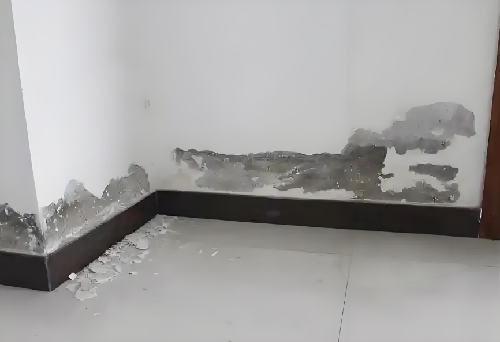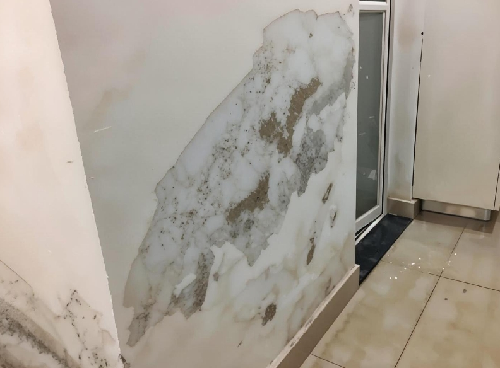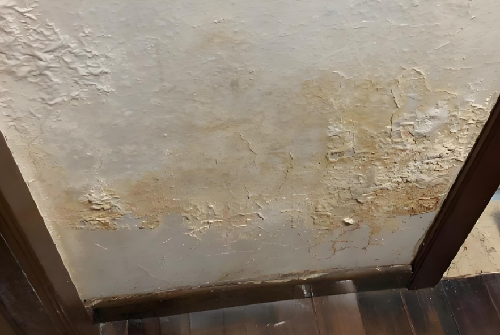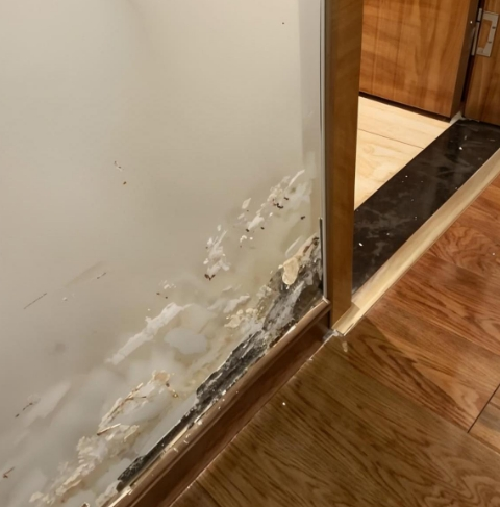
Home / Blog Center / Chargers / How to Handle Wall Edge Water Seepage in the Bathroom
How to Handle Wall Edge Water Seepage in the Bathroom
17/02/2025 | Hawkrown
The bathroom is one of the most frequently used areas in a household. Due to its unique usage environment, issues such as water seepage at the wall edges often trouble many families. Seepage not only affects aesthetics but can also lead to damp walls, mold growth, and even structural damage. So, how should one address wall edge water seepage in the bathroom?

How to Handle Wall Edge Water Seepage in the Bathroom
While the methods for dealing with wall edge seepage may vary depending on the severity of the situation, the key is to detect it promptly and take action. By applying suitable treatment methods and effective preventive measures, the disturbances caused by seepage can be significantly reduced. Regular maintenance and inspections are also crucial for keeping the bathroom dry.
1. Mild Seepage
Mild seepage is typically characterized by slightly damp walls without any obvious droplets or stains. The treatment for this situation is relatively simple and can be resolved through the following steps:
1. Maintain Ventilation: To expedite the drying of the walls, ensure good ventilation in the bathroom. Open the windows, use exhaust fans, or air purifiers to enhance airflow.

2. Use Absorbent Materials: Gently wipe the damp areas of the wall with a clean towel or an absorbent sponge to soak up excess moisture.
3. Regular Inspection: Regularly inspect the water pipes, faucets, and other areas to ensure there are no leakages. Also, keep the walls clean and pay attention to any accumulation of water.
2. Moderate Seepage
Moderate seepage is a more serious issue, usually indicated by visible water stains, mold spots, and possibly bubbling in localized areas of the wall. In such cases, simply relying on ventilation and cleaning is insufficient; further measures must be taken:
1. Professional Inspection: First, consider hiring professional repair personnel to inspect the source of the leak and understand the specific reasons for the seepage, such as pipe rupture or seal failure.

2. Leak Repair: If it is determined that there is a pipe leak, immediate repairs are necessary. Shut off the main water supply and seek professional assistance for repair or replacement. Additionally, clean the affected walls to remove mold, and if needed, reapply waterproof coatings.
3. Use Anti-Mold Agents: For walls that have already developed mold, consider using specialized anti-mold agents. Spray these on the affected areas to eliminate mold before further repairs.
3. Severe Seepage
Severe seepage can lead to wall bulging, peeling, and even affect the structural safety of adjacent rooms. In such cases, comprehensive corrective measures must be taken immediately to prevent further damage:
1. Complete Removal: If the wall is severely damaged, it may require the localized removal of affected portions. It is advisable to engage a professional renovation company to ensure safe removal and subsequent repairs.

2. Replace Waterproof Layer: After removing the damaged areas, thoroughly clean the affected sections of the wall. Once dry, reapply a waterproof layer, which is crucial for preventing future seepage.
3. Structural Reinforcement: If the seepage has caused structural looseness, it may require reinforcement to ensure the bathroom's safety. Reinforcement materials can vary depending on the situation but commonly include steel beams and concrete.
4. Follow-Up Maintenance and Prevention
After resolving the seepage issue, regular maintenance and prevention measures are essential to avoid recurrence:
1. Regular Inspections: Consistently check all pipes and connections in the bathroom to ensure there are no leaks or seepage issues. Pay special attention to the sealing around the shower area, sink, and toilet to prevent aging-related seepage.
2. Improve Ventilation: Enhance the bathroom's ventilation by installing exhaust fans or increasing window sizes. Also, periodically open windows to reduce indoor humidity, fundamentally preventing wall seepage.
3. Choose Waterproof Materials: When renovating the bathroom, opt for materials with waterproof properties, such as waterproof coatings and ceramic tiles. Good material choices can effectively reduce the risk of seepage.
Conclusion
That concludes our discussion on how to handle wall edge water seepage in the bathroom. If you encounter this issue in the future, simply search for "how to handle wall edge water seepage in the bathroom," and the information will be at your fingertips. For friends interested in learning more, please continue to follow our website for more exciting content in the future.


